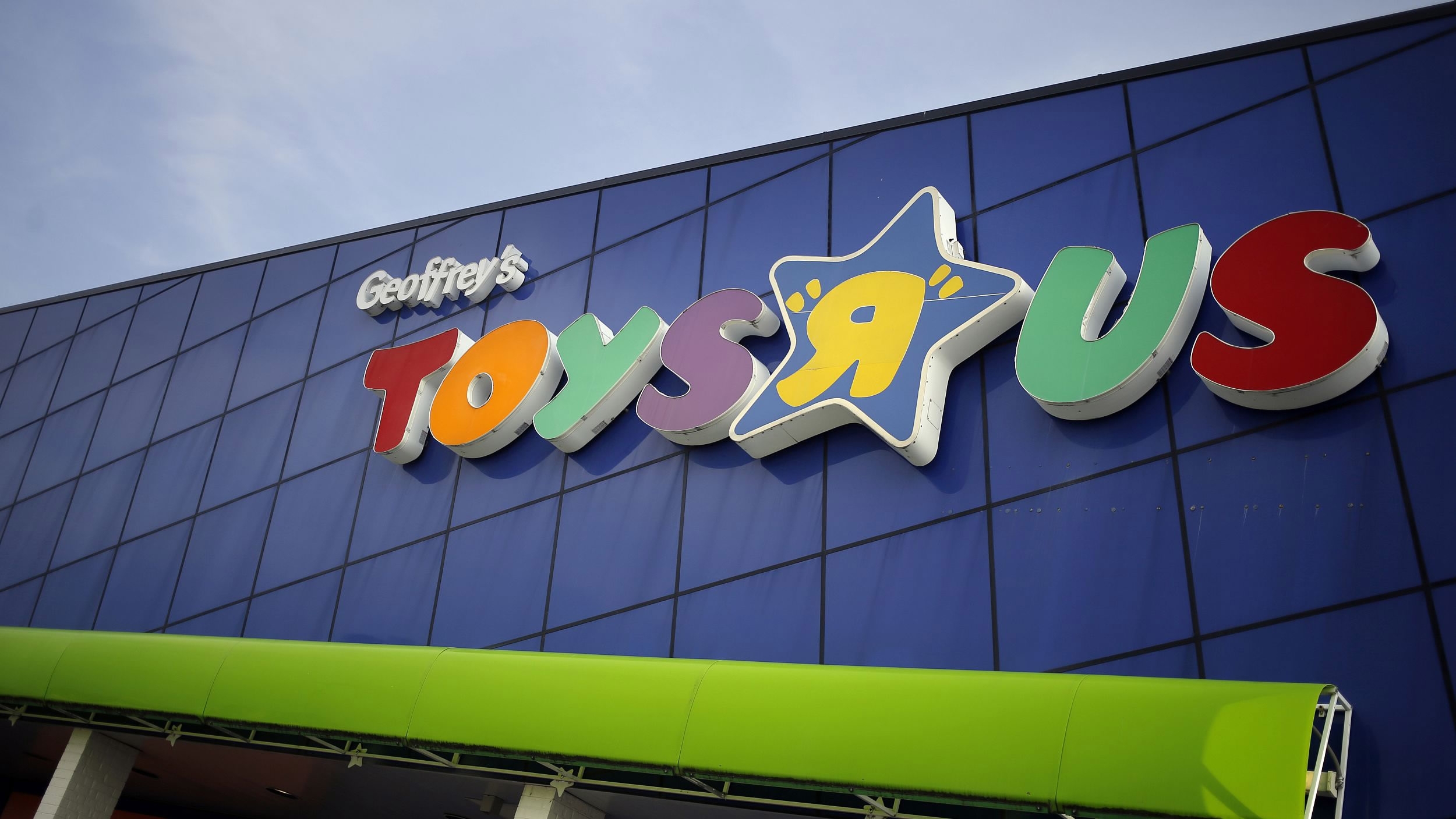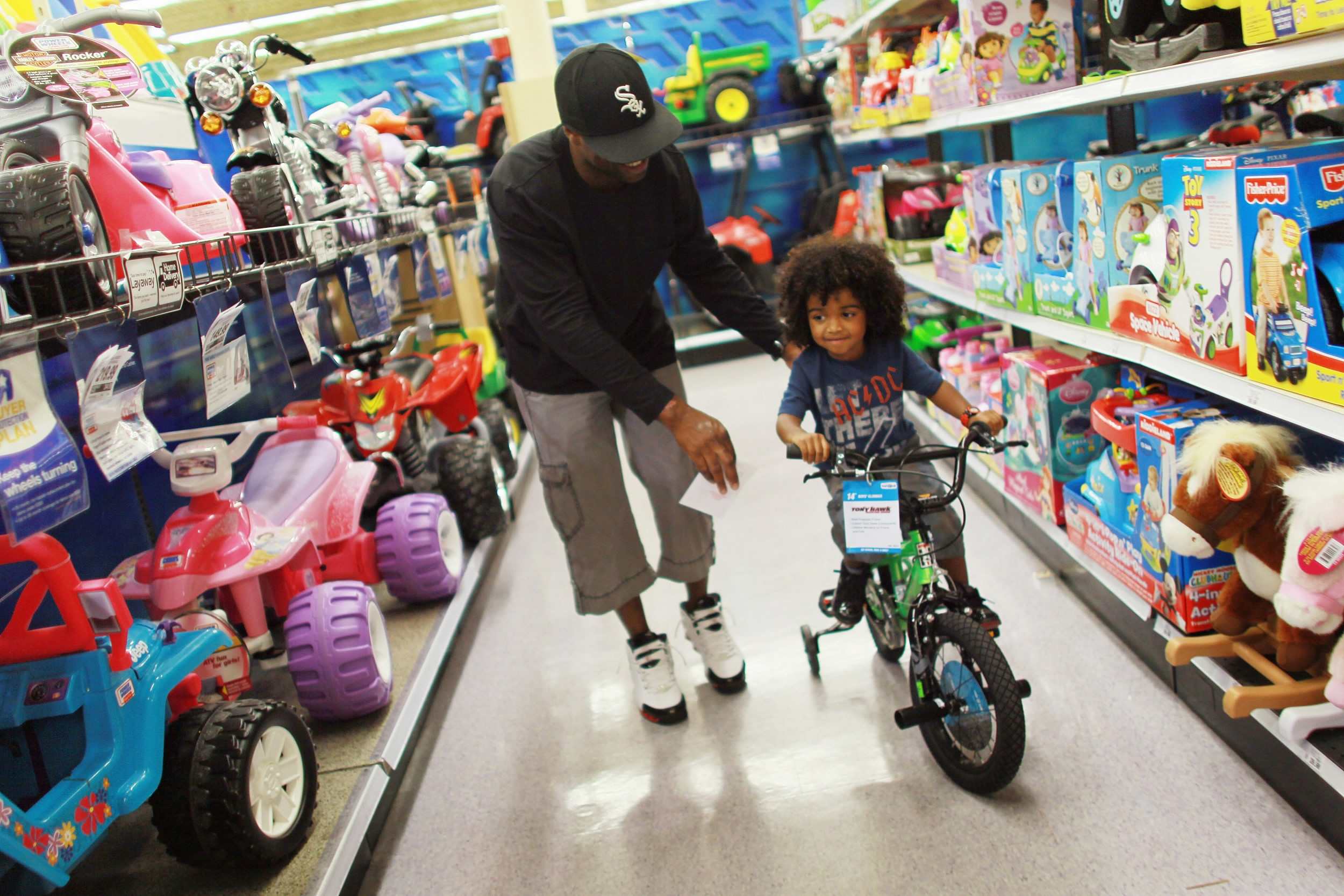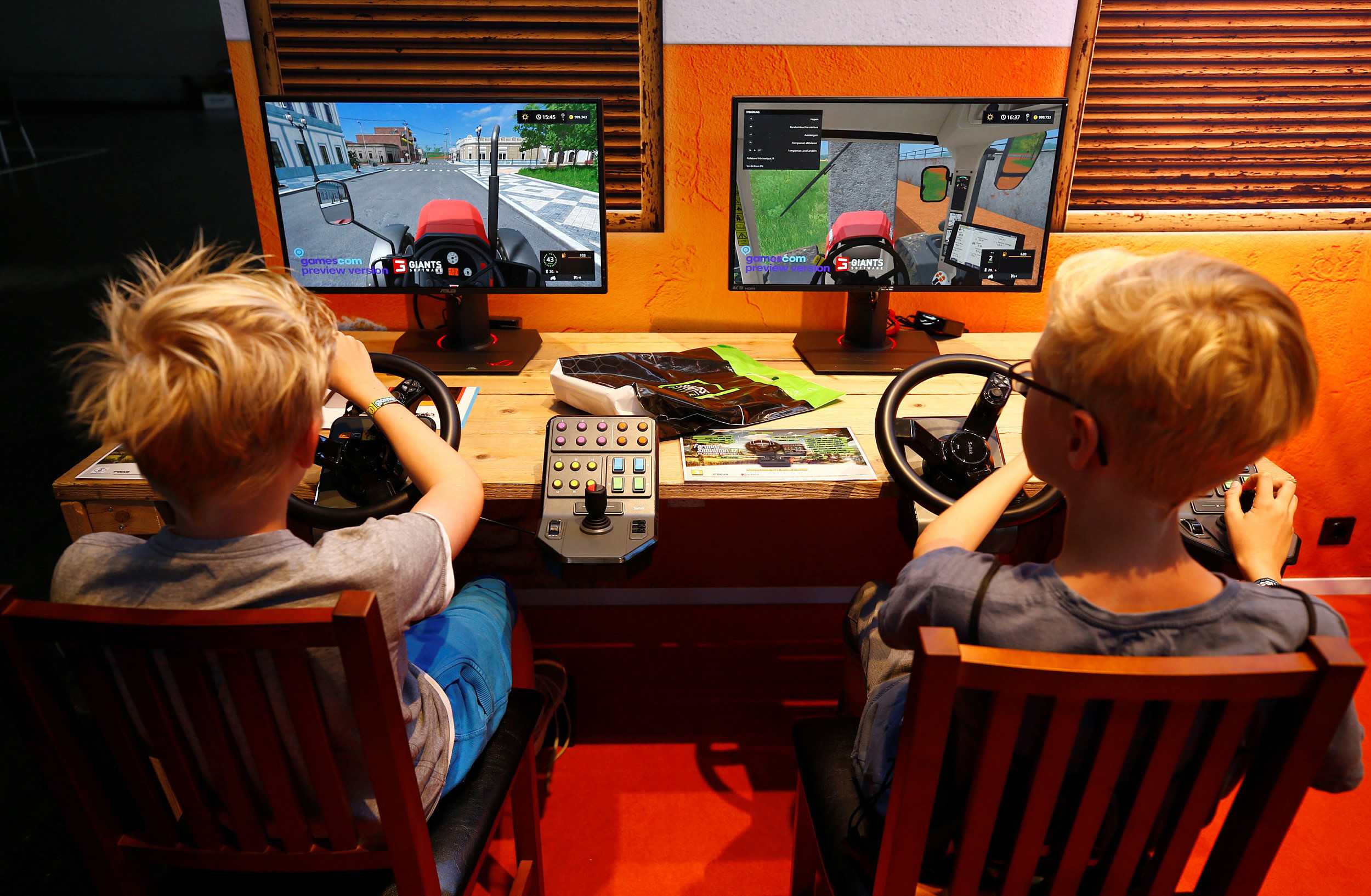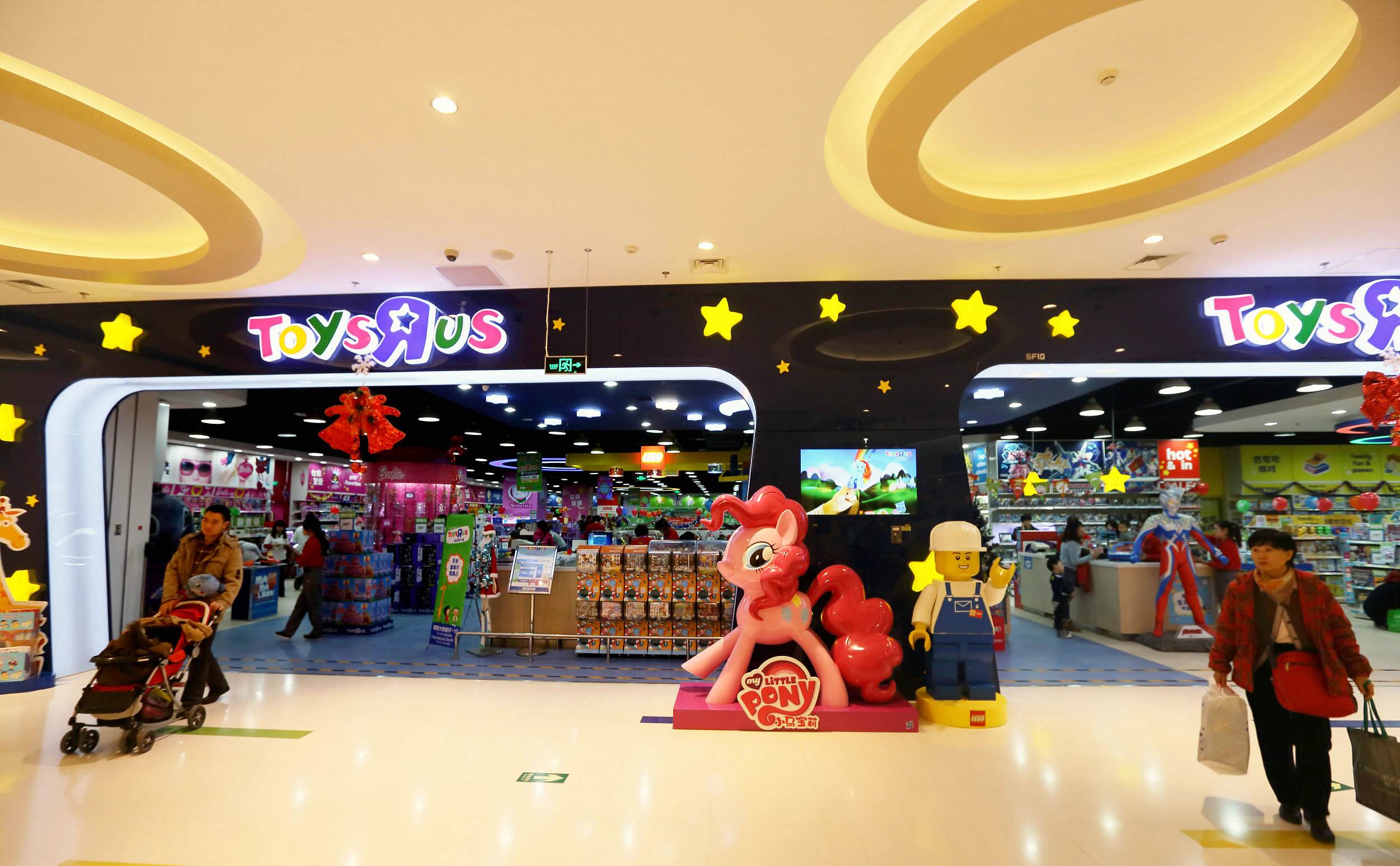
Business
16:33, 19-Sep-2017
Trouble in Toyland: Bankrupt Toys R Us has much to learn from Chinese e-commerce
by Nicholas Moore

Toys R Us, one of the world’s most well-known toy store brands, has filed for bankruptcy in the US after struggling to adapt to new shopping trends while carrying some 400 million US dollars of debt.
The bankruptcy filing for the US company, which operates more than 1,600 stores worldwide, will not affect its business in Asia. With reported assets of 6.9 billion US dollars, the filing is the second largest retail bankruptcy on record.
Toys R Us was the subject of a leveraged six billion US dollar takeover in 2005 by Bain Capital, KKR, and Vornado Realty Trust, and has seen its debt struggles grow in recent years. Bonds set to mature in 2018 halved in value in recent weeks amid rumors that bankruptcy was imminent – rumors that the three owners failed to comment on.

VCG Photo
VCG Photo
Growth of video games, e-commerce
Its traditional business model of huge superstores with enough space for clients and kids to test out the latest toys looks tired, expensive and inefficient in the face of games consoles and e-commerce.
Amazon saw toy sales grow by 24 percent in 2016, compared to years of declining sales for Toys R Us. Recent gambles on toys linked to movie franchises like Star Wars and Lego failed to pay off for Toys R Us after a succession of box-office disappointments, adding to the company’s spiraling fortunes.

The surge in popularity of video games is putting the brakes on the traditional toy industry. /VCG Photo
The surge in popularity of video games is putting the brakes on the traditional toy industry. /VCG Photo
The company did not revamp its website to cater for the e-commerce age until May this year, several months after chief technology officer Lance Wills warned “in a year to two years, we have to catch up on 10 years of innovation.”
The Financial Times reports that US sales have slipped in the last three quarters for Toys R Us, forcing vendors to limit shipments to the company’s stores ahead of the all-important holiday season, which usually rakes in about 40 percent of annual revenue.
China expansion ‘a fresh start’
Expansion into China in recent years has seen the company look to start afresh by embracing technology and e-commerce.
In May this year, the company’s managing director in China, Roy Sammartino, announced plans to expand in the country by opening 30 to 40 new stores per year, adding to its 134 physical stores in 55 cities.

A Toys R Us store in Beijing. /VCG Photo
A Toys R Us store in Beijing. /VCG Photo
Sammartino at the time emphasized the importance of establishing “a mix of online and offline business,” reflecting on the global boom – particularly in China – of e-commerce. Toys R Us China worked with Alibaba’s Tmall to launch and promote exclusive toys linked to the Transformers movie franchise earlier this year.
According to Euromonitor, the toy and game market in China was worth 218 billion yuan (31.6 billion US dollars) in 2016, but traditional toys and games accounted for just under a third of the market. Video games recorded double digit growth, reflecting a growing global trend of children rejecting traditional toys for VR headsets and the latest gaming consoles.
Euromonitor’s study predicted growth for traditional toys in China because of the two-child policy, but its data suggested that growth would only be seen in products for babies under three. In 2016, domestic brands made up eight of the top ten most popular traditional toy manufacturers, with the study citing their “price advantage, extensive distribution and rich media resources.”
While Toys R Us China’s support for e-commerce shows it has learnt from being slow to adopt technology in other markets, video games and an already strong domestic toy market present significant challenges to the company in the region.

A woman shops for Christmas presents next to stormtroopers in China's first Toys 'R' Us store, which opened in Shanghai, 08 December 2006. /AFP Photo
A woman shops for Christmas presents next to stormtroopers in China's first Toys 'R' Us store, which opened in Shanghai, 08 December 2006. /AFP Photo
Wider turmoil for toy industry
The bankruptcy filing on Monday only affects the company’s US operations at present, with underperforming stores set to close and a three-billion US dollar fund set up to pay vendors to keep toys on the shelves.
However, the turmoil for Toys R Us is symbolic of wider changes in the toy industry. News of the bankruptcy saw shares tumble for fellow toy giants Hasbro and Mattel, to which Toys R Us owes 59 million and 135 million US dollars respectively.
Mattel switched CEOs after disappointing sales in 2016, while Lego posted its first quarterly decline for 13 years and announced plans to cut eight percent of its staff earlier this month.

SITEMAP
Copyright © 2018 CGTN. Beijing ICP prepared NO.16065310-3
Copyright © 2018 CGTN. Beijing ICP prepared NO.16065310-3